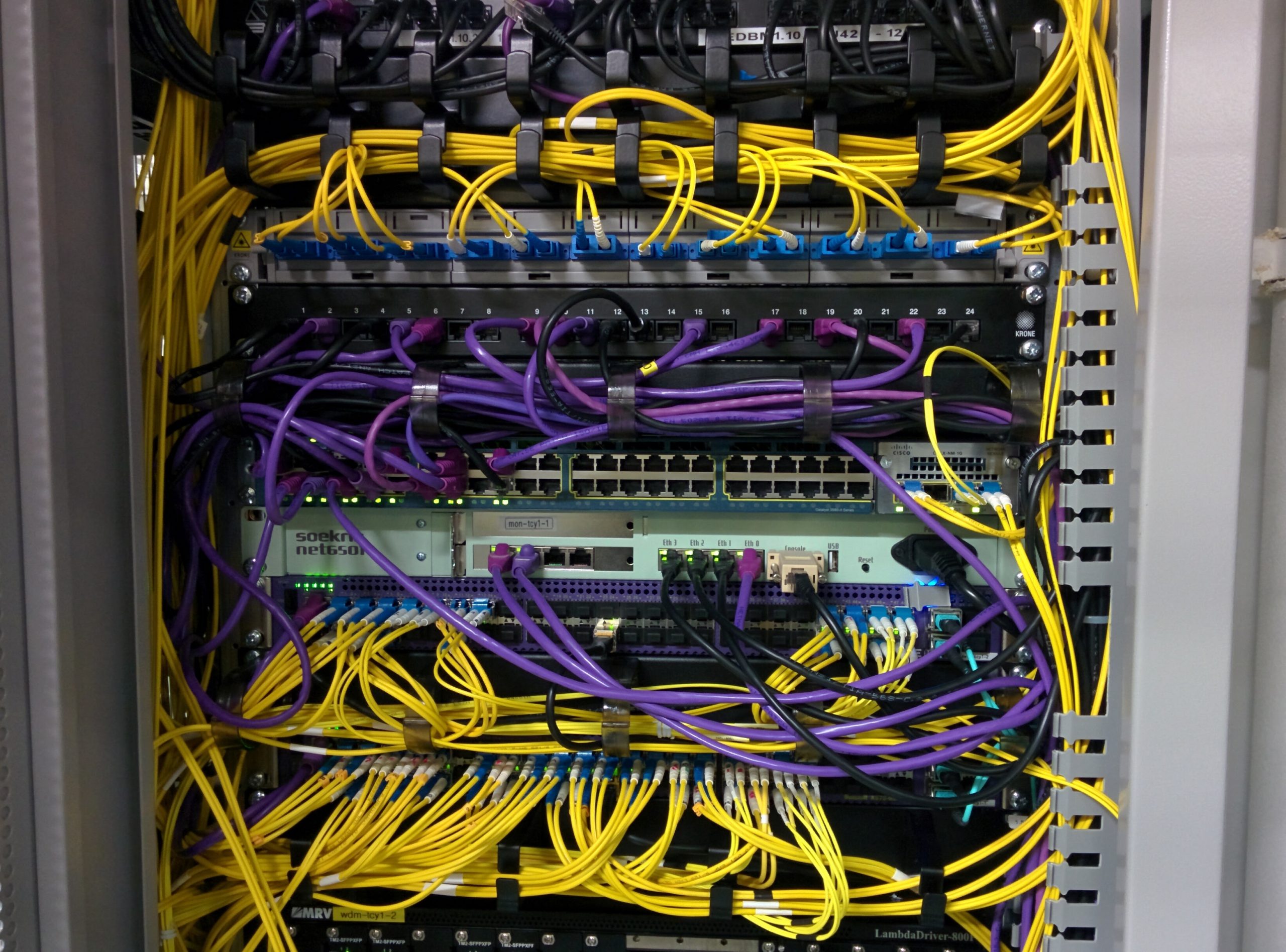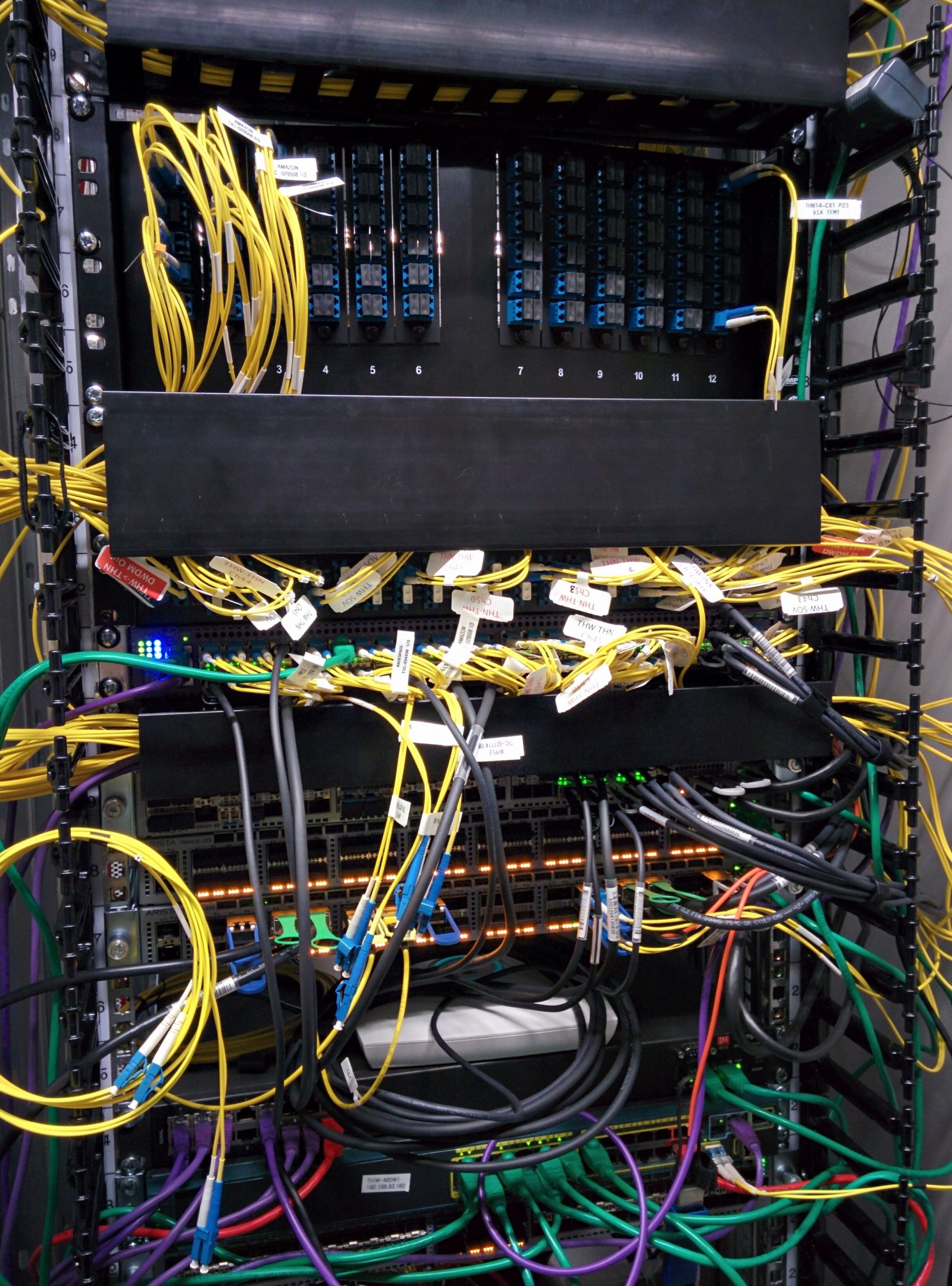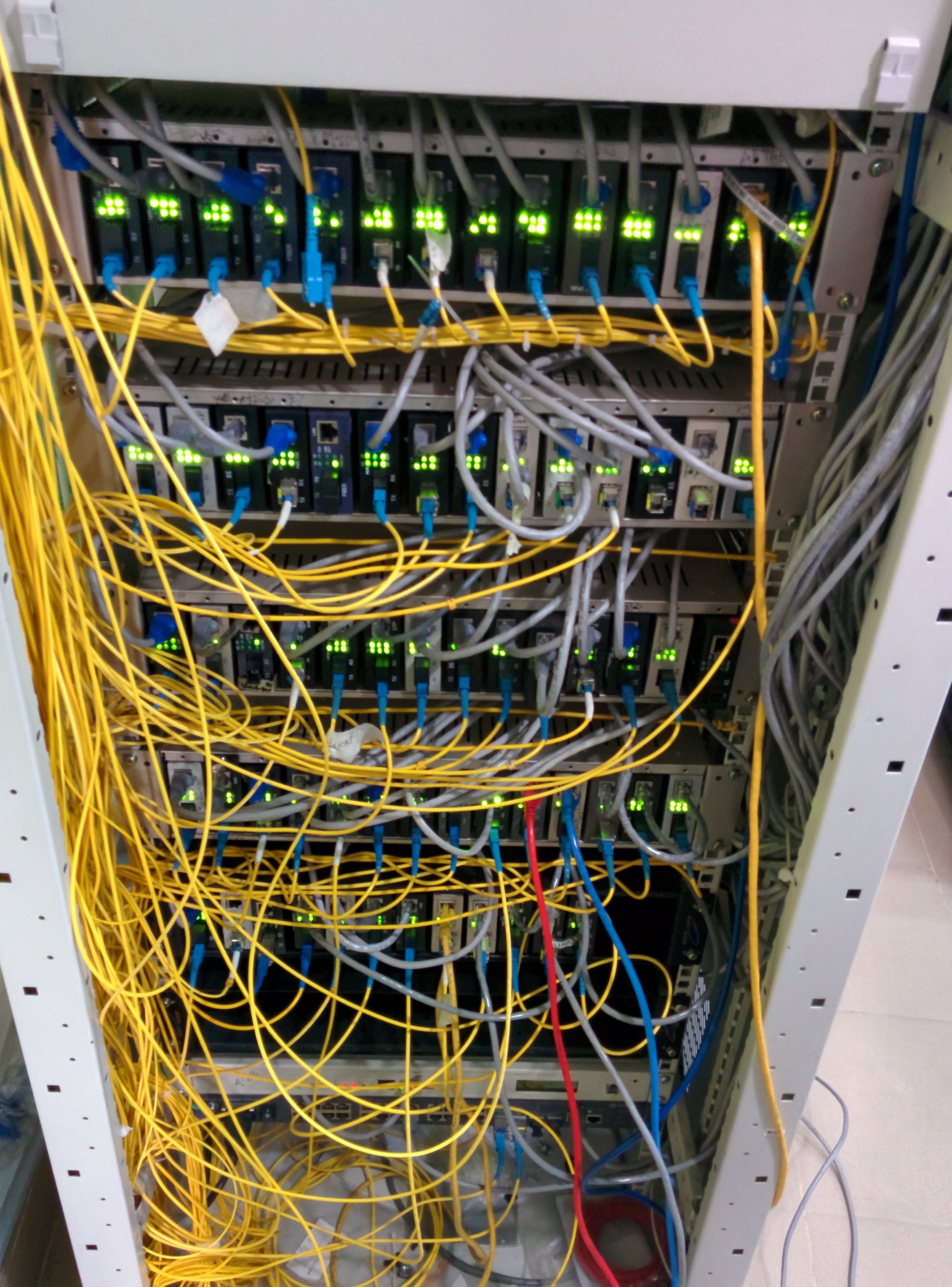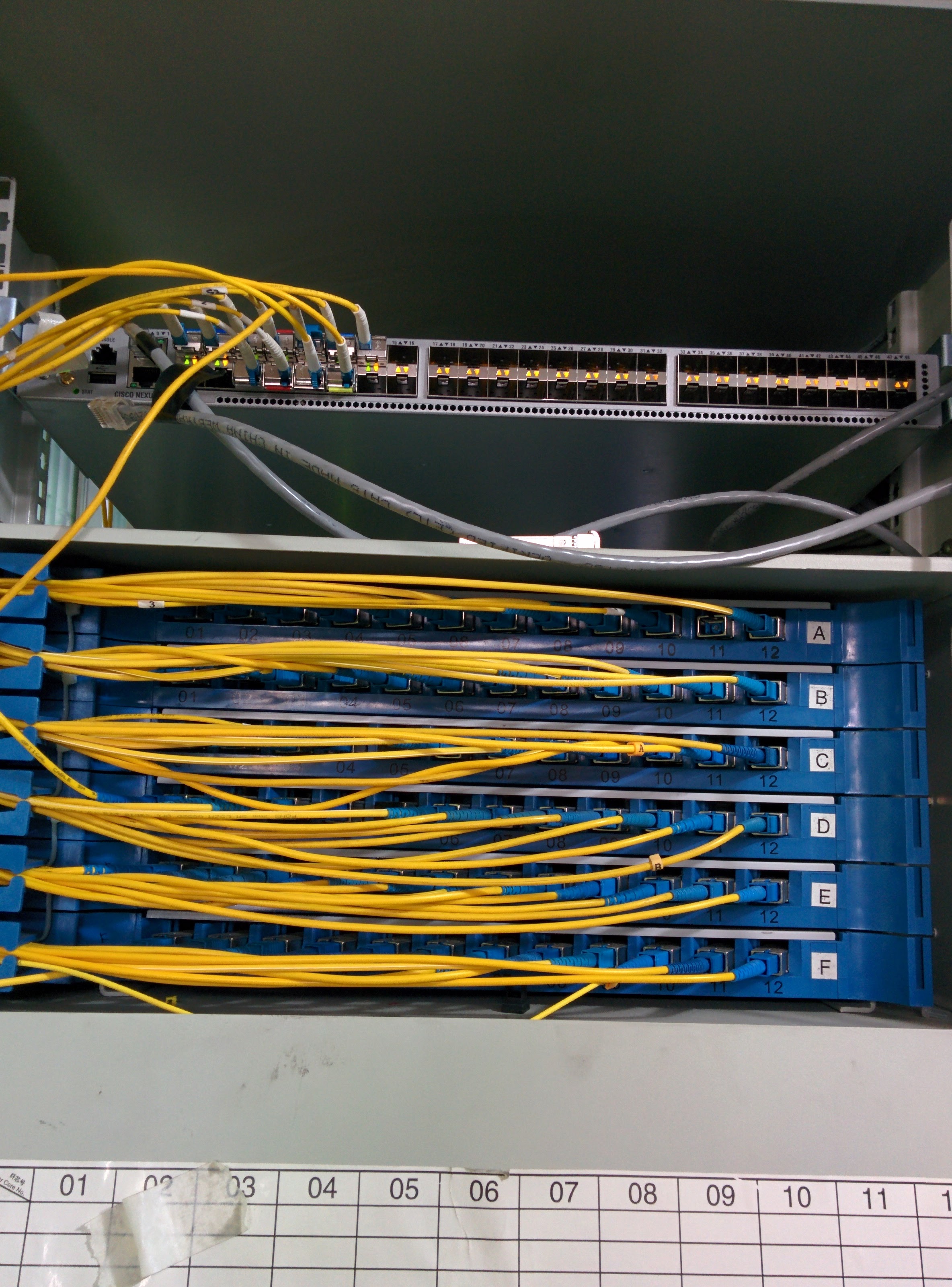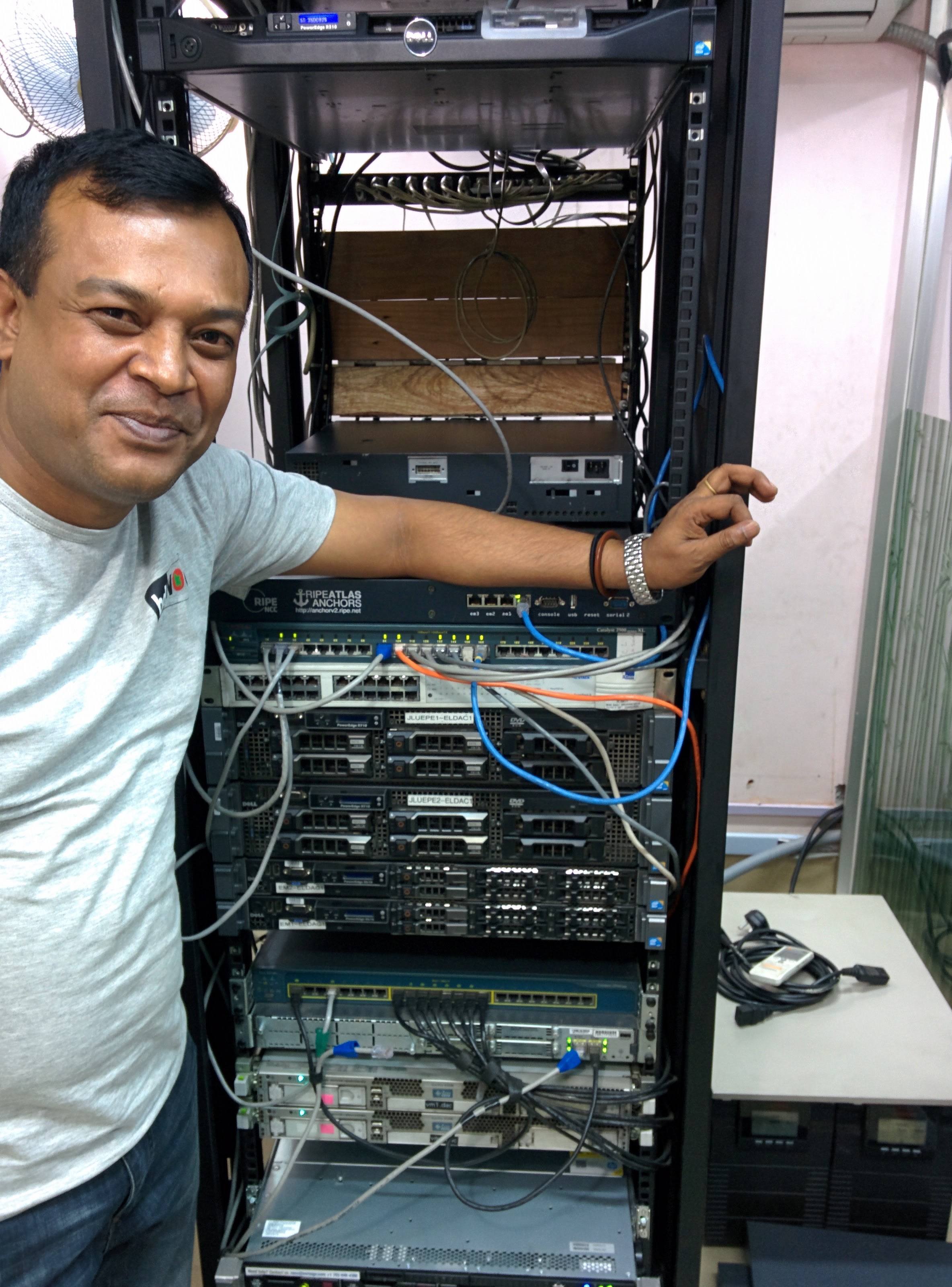Internet Exchanges - Place where the networks interconnect!
Earlier this month I got an opportunity to be part of IXP workshop in Kolkata. It was a 3-day event organised by ISOC Kolkata and supported by APNIC. There was also a workshop on DNSSEC and Champika Wijayatunga (from ICANN) was the instructor along with Anand Raje. It was a nice event and I come to know of other interesting projects ISOC Kolkata is doing like Indian IETF capacity building program apart from the IXP they are running in Kolkata. Mr Anupam Aggarwal and Anand showed the IX and it looks very good. I think it’s the first and only IX I know in India which is a real IX with proper policy. It’s an IX by a non-for-profit group, allows anyone to connect, a real layer 2 IX and welcomes anyone including ISPs, content players and root DNS servers. Presently IIFON-IX in Kolkata has few member ISPs besides the L root from ICANN and one of Verisign gTLD nodes (which host zones for .com, .net etc). I also saw a rack with some of Akamai CDN servers. This brings decent content right there. IX’es play an extremely important part of current internet infrastructure ecosystem. It’s very likely that content of this blog is travelling from my server to your browser from an Internet Exchange. :)
IIFON-IX Kolkata
I hope IIFON-IX does well in terms of becoming a key point for internet traffic exchange in Kolkata. There are a number of benefits of a good IX. Some of them are:
- Helps in reducing overall cost of bandwidth by keeping it local
- Helps in giving ultra-low latency interconnections among members
- Builds resilience across the internet by removing the dependency on transit players for local traffic and a lot more!
Besides IIFON-IX, I have been to BDIX in Dhaka, HKIX in Hong Kong, INEX IX in Dublin, LoNAP in London, Netnod in Stockholm etc. One thing common across all these exchanges is local involvement, usually a non-for-profit model and a collective community effort to make internet infrastructure better.
INEX - Dublin
Nick Hilliard (CTO at INEX) was kind enough to give me ride to one DCs hosting the IX.

It was very interesting to see the use of passive DWDM MUX in the IX to connect between INEX PoPs across Dublin.
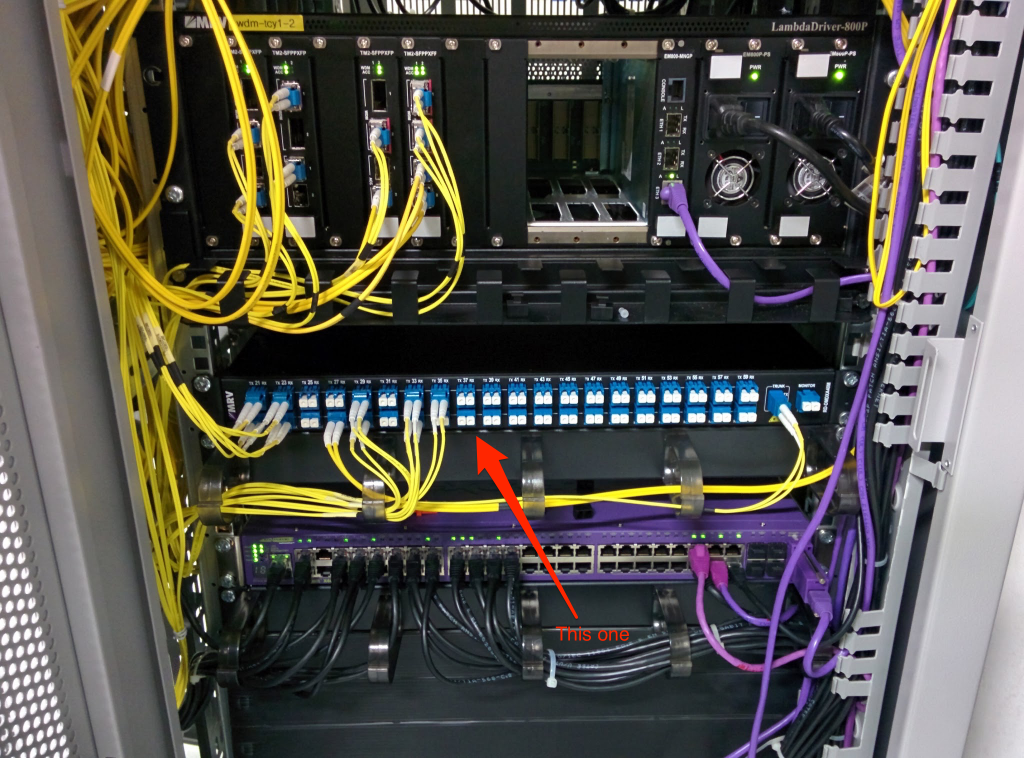
The one in this picture is an MRV MUX. Each port in passive MUX has it’s own wavelength and requires either pre-tuned or tunable SFP for that specific port. Such MUX can help to increase capacity on a pair of the strand by offering 40 channels and each can carry up to 10Gbps thus a capacity of 400Gbps for shorter distances (20kms or so).
The channels numbers mentioned on the port correspond to ITU Channel table and here’s the frequency wise table of actual channel number:

LoNAP - London
During my trip to UK, my good friend Andy Davidson helped in arranging a tour of LoNAP and Robert Lister was kind enough to give me a nice detailed tour of the IX fabric.
It was nice to see 10Gig flavours of Bidi SFPs i.e SFPs which do 10Gbps on a single strand of fibre. These are slightly different in terms of wavelengths as they run on 1270/1330 pair (opposite on the other side) while 1G Bidi optics runs on 1310/1490 pair.
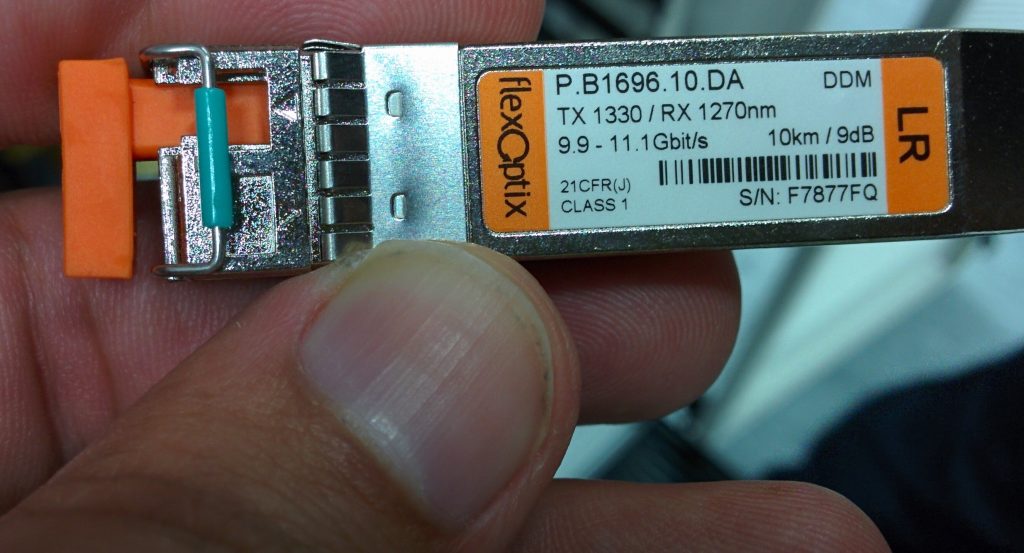

I also saw a QSFP-LR4 which can do 100Gbps up to 10kms on a pair of fibre. 100Gbps or 100,000,000,000 bits per second or 100,000,000,000 zeros and ones flowing from fibre every second!

This runs on 1310mn and I don’t think there’s any Bi-Di option yet for 100G. There was ongoing 100G deployment at LoNAP during last year summers when I visited. One can spot an Arista switch with 100G ports.
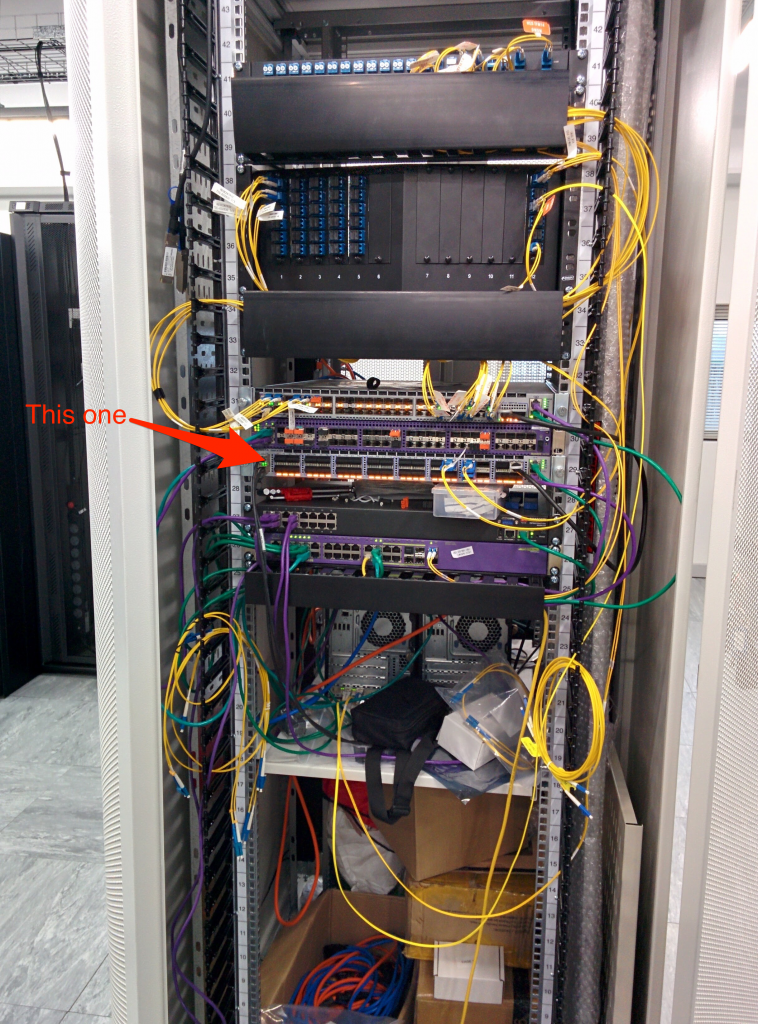
And here’s a picture with amazing Rob after the IX-tour ended. :)
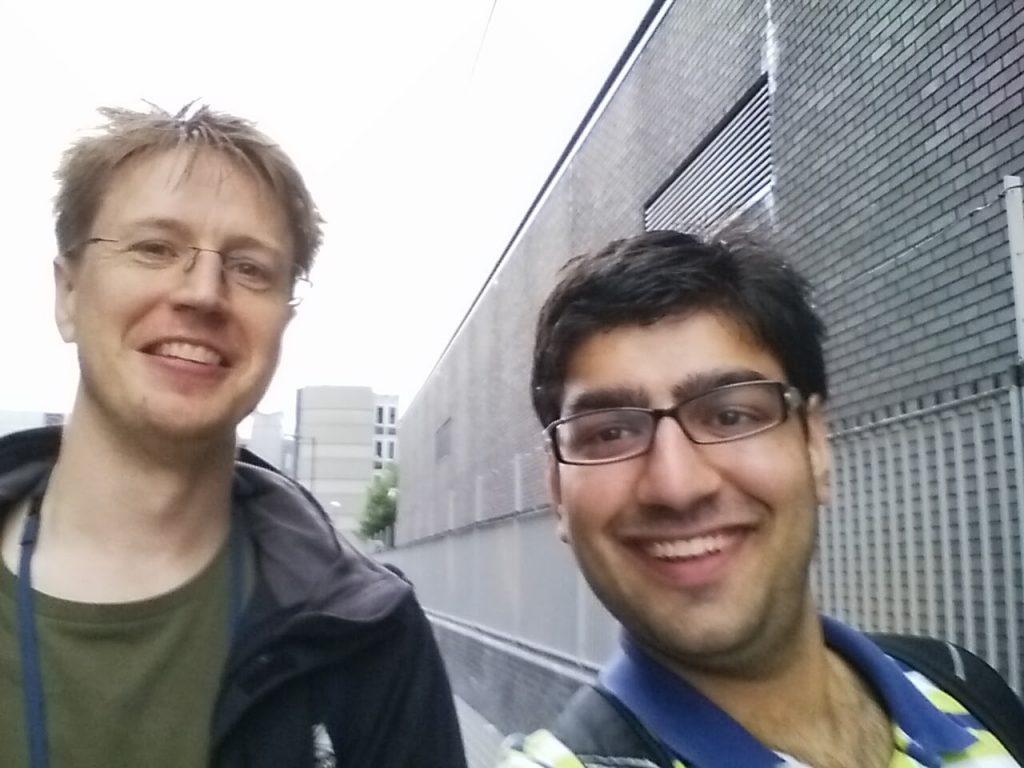
BDIX - Dhaka
Some pictures from Bangladesh Internet Exchange in Dhaka.
Mr Kabir from BDIX gave me an excellent tour of BDIX during my visit to Bangladesh back in 2015. You can see a lot of 1G fibre media converters in the rack. There’s quite a lot of fibre in Dhaka and cost of media converter is low and hence using them instead of the optical switch makes commercial sense though that’s changing fast. IX runs it its own dedicated building floor. IX has over 78 members.
Here’s a picture with Mr Kabir :)
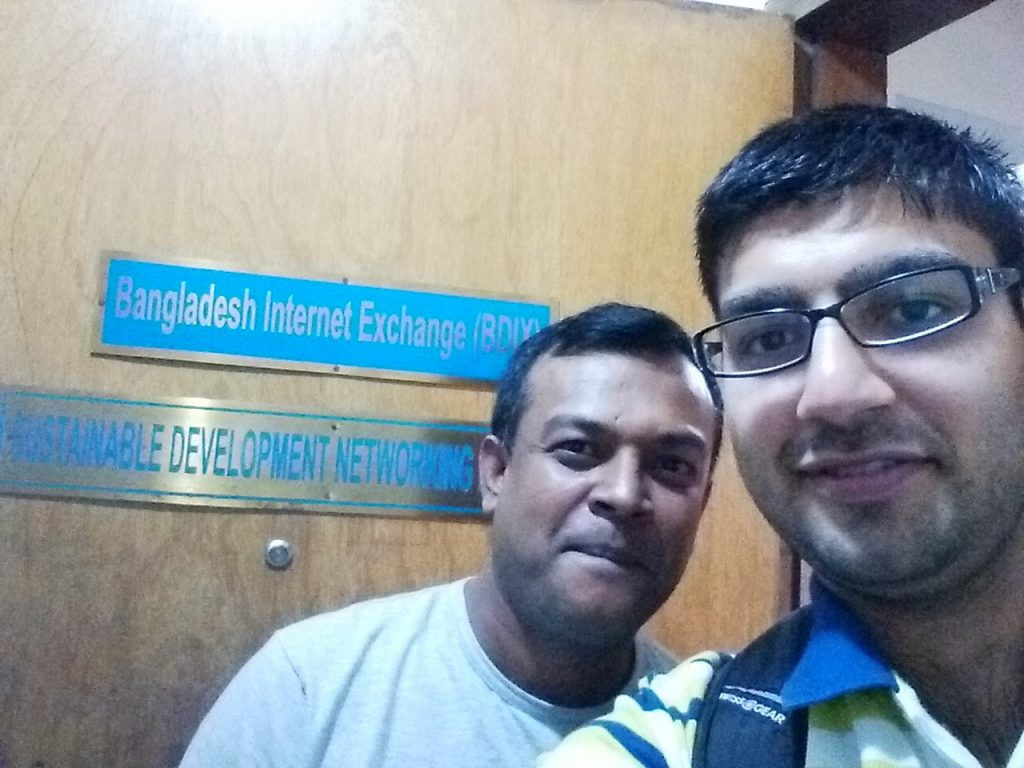
Where should IX fabric be located?
This is one of key question which comes in the mind of many engineers when talking of IX. Should IX be in a separate dedicated building or it should be rather in a commercial datacenter? The answer is simply that it depends. In larger cities in US or Europe, there are quite a lot of datacenters which are well connected. There’s reasonable competitive fibre available for potential members to reach switch fabric. While in the case of developing world here in Asia there might not be good commercial datacenter and hence one may end up in starting IX in a dedicated building. Also in developing world, there’s a considerable aerial fibre (legal as well illegal) and it’s usually easy for members to reach by pulling fibre or using someone else’s existing fibre. So, for example, IX’es like LoNAP, INEX, LINX, AMS-IX etc all run in well connected commercial datacenters. One can find the list of those datacenters by looking at peeringdb. While IX’es in South Asia like BDIX in Dhaka or NPIX in Nepal run out of their own buildings. Both approaches depend on lot more on existing fibre availability as well as rights of way charges. In the case of India, it’s a rather mix. IIFON-IX is new and runs out of a connected building in Kolkata in Sector 5, Kolkata while NIXI runs out of some good commercial datacenters in some cases and very poor datacenters in some other cases.
What’s wrong in India IX scenario?
Well Indian IX scenario is a big mess. NIXI or National Internet Exchange of India is presently helping in exchange of 60Gbps traffic across NIXI Mumbai, Chennai, Noida, Kolkata, Bangalore, Hyderabad and Ahmedabad. There has been a jump in NIXI’s traffic in tier 1 Indian cities due to high traffic by Reliance Jio which happens to be exchanging traffic with Airtel via NIXI. But still 60Gbps is just nothing based on Indian scale in terms of a number of end users, amount of time Indians spend on internet etc. Except for NIXI Noida, Mumbai & Chennai, none is even crossing 200Mbps mark. NIXI’s IX in IT hub Bangalore is exchanging less than 1Mbps of traffic which is shameful (MRTG graph here). Same is true for Hyderabad and Ahmedabad. Following things are wrong w.r.t NIXI and need to be fixed asap:
- The policy which allows only Indian ISP license holders to connect to IX (content players are not allowed!)
- The policy which does a ridiculous x-y on net inbound traffic and charges at a price of 1 INR /GB (which used to be 50 INR/GB in start)
- A misunderstanding that there’s a mentality to keep above rules in order to keep large telcos. One can just let both: these stupid rules as well as large telcos to drop if they like to while having a large amount of smaller members over circuits of telcos
- Better choice of datacenters instead of sticking with not to well-connected datacenters
And of course, we need more efforts like IIFON and other players. **Remember: Somewhere up the transit path, there’s always peering! :) ** Disclaimer: This is my personal blog. The opinions expressed here represent my own and not those of my employer.
